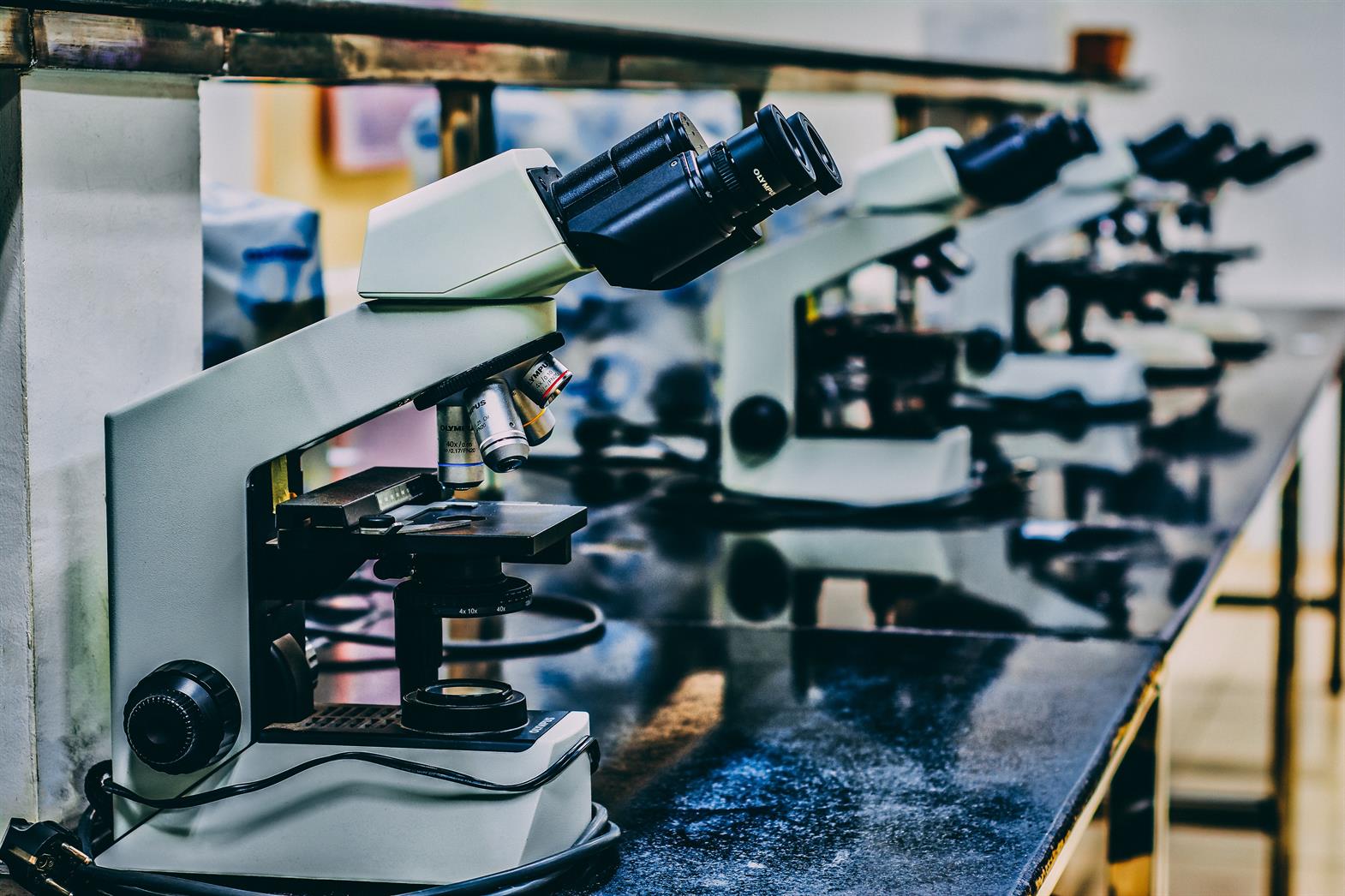Photo by Ousa Chea on Unsplash
What you need to know?
Changes in brain structure of genetic mouse models show distinct groups and pattern of differences. These groups may be a biological marker that subdivides the diverse clinical picture of autism and lead to better treatment response.
What is the research about?
Because there are multiple causes of autism and much variability in behavioral symptoms between individuals, a single label of Autism Spectrum Disorder (ASD) ultimately is not adequate for individualized treatment. One approach to simplifying this may be looking at brain structures as an intermediate step between genes related to ASD and behaviours. In this study, researchers attempted to group multiple genetic causes of ASD using brain image in mice. Clustering autism subtypes by differences in brain structure might help to predict treatment response in ASD patients.
What did the researchers do?
Researchers analyzed the brains of 26 mouse models of ASD using MRI (magnetic resonance imaging). The mouse models they selected were either genetically modified (based on genetic differences seen clinically in ASD) or defined as behaviorally autistic-like. The brain volumes and the size of specific brain regions were compared. Due to differences in brain structures, the researchers sorted the mouse models based on: (1) similarly affected brain networks, and (2) three groups which show similar brain size differences.
What did the researchers find?
The researchers found that genetic changes increased the brain size of some mouse models while others decreased it. However, some brain regions were affected across the majority of models. These included the parieto-temporal lobe (involved in processing sensory information), the cerebellar cortex (i.e. motor control, role in emotional memory), the frontal lobe (memory), the hypothalamus (involved in hormonal regulation, including ones related to stress) and the striatum (involved in decision-making).
Stratifying the umbrella term “ASD” into biologically based subgroups will lead to more precise and personalized treatments and interventions.
Further, they observed that, for each genetic model, there was a pattern of size differences among brain regions that fit into one of 3 networks. The first circuit included the limbic system which is involved in motivation, memory and social perception. The second circuit contained white-matter structures, which connect brain regions that are far away from each other. And a third circuit represented the cerebellar region which is related to movement, emotional regulation and language. These may represent 3 subtypes of ASD.
How can you use this research?
Forming clusters due to brain structures and seeing how that relates to genetic changes or groups of behavioral symptoms of ASD may lead to a better understanding of autism. Stratifying the umbrella term “ASD” into biologically based subgroups will lead to more precise and personalized treatments and interventions.
J Ellegood, E Anagnostou, BA Babineau, JN Crawley, L Lin, M Genestine, E DiCicco-Bloom, JKY Lai, JA Foster, O Peñagarikano, DH Geschwind, LK Pacey, DR Hampson, CL Laliberté, AA Mills, E Tam, LR Osborne, M Kouser, F Espinosa-Becerra, Z Xuan, CM Powell, A Raznahan, DM Robins, N Nakai, J Nakatani, T Takumi, MC van Eede, TM Kerr, C Muller, RD Blakely, J Veenstra-VanderWeele, RM Henkelman and JP Lerch. (2015). Clustering autism: using neuroanatomical differences in 26 mouse models to gain insight into the heterogeneity. Molecular Psychiatry, 20, 118-125
About the Researchers
Jacob Ellegood (PhD) Research Associate at the Hospital for Sick Children in Toronto. He works with Jason Lerch (Ph.D.), an Associate Professor and R. Mark Henkelman (PhD), Professor at the University of Toronto.
Christine L. Laliberté and Matthijs van Eede, researchers at the Mouse Imaging Centre in Toronto.
Collaborators that contributed mouse models included Holland Bloorview Kids Rehabilitation Hospital, Toronto; National Institute of Mental Health, Bethesda, MD; University of California Davis School of Medicine, Sacramento, CA; UMDNJ—Robert Wood Johnson Medical School, Piscataway, NJ; McMaster University, Hamilton, ON; UCLA, Los Angeles, CA; University of Toronto; Cold Spring Harbor Laboratory, New York; University of Texas Southwestern Medical Center, Dallas, TX; University of Michigan Medical School, Ann Arbor, MI; RIKEN Brain Science Institute, Wako, Japan; and Vanderbilt Brain Institute, Nashville, TN.
Citation
About the Chair
This research summary was written by Veronika Becker and Dr. Jonathan Lai for the Chair in Autism Spectrum Disorders Treatment and Care Research. This research summary, along with other summaries, can be found at asdmentalhealth.ca/research-summaries
Reproduced with the permission of Dr. Jonathan Weiss (York University). This research summary was developed with funding from the Chair in ASD Treatment and Care Research. The Chair was funded by the Canadian Institutes of Health Research in partnership with Autism Speaks Canada, the Canadian Autism Spectrum Disorders Alliance, Health Canada, Kids Brain Health Network (formerly NeuroDevNet) and the Sinneave Family Foundation. This information appeared originally in the Autism Mental Health Blog (https://asdmentalhealth.blog.yorku.ca).


